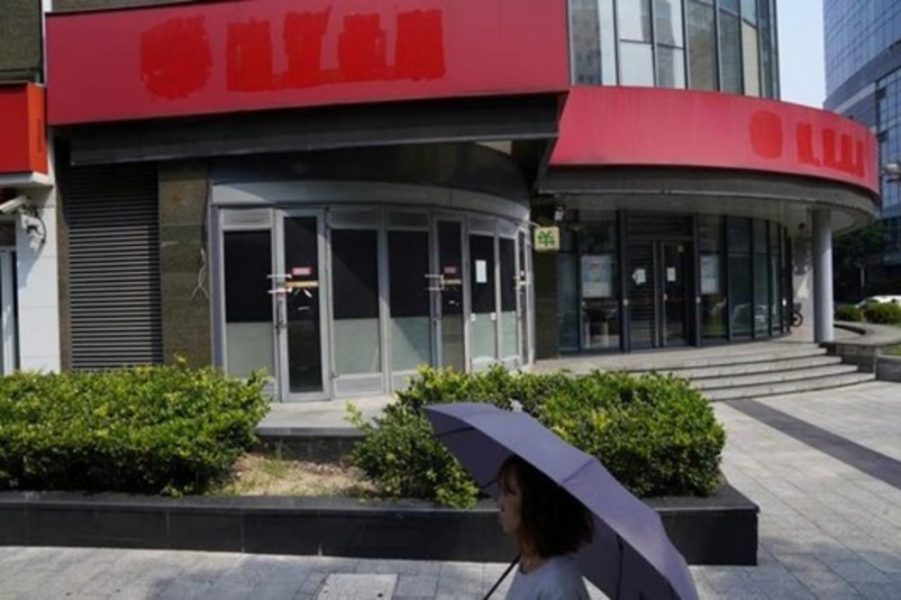Congratulations to our Spring 2021 Undergraduate Essay Contest winner, Arman Marchiel!
ARMAN MARCHIEL – MAY 8TH, 2021
With a death toll of over 560,000 people, the U.S. will never be the same even after the pandemic comes to an end. Since the quarantine started in March 2020, Americans have had to stay in their homes more than ever before. Eating, exercising, and other daily activities had to be done from the confines of people’s homes. During the pandemic, the way people worked has changed forever as zoom and other video chat platforms substituted for in-person communication. This change is not bad for everyone; a recent University of Chicago study found that 37% of jobs in the U.S. can be done entirely from home. However, it should be noted that this only benefits skilled laborers, as working class/manual labor jobs require employees to work in-person. Since many employees do not need to live close to work, the demand for living in a megalopolitan area will decrease. Instead of spending an additional 87% in price per square foot for urban housing, I predict more people will choose to opt for the suburban lifestyle.
For the past 40 years, office skyscrapers have been the traditional workspace for the skilled workforce. One of the largest is One World Trade Center, with 3.5 million square feet of space and a capacity to hold over 8,000 employees. Massive skyscrapers have continued to be built because they have incredibly efficient floorplans, fitting many workers into a building with a small footprint. As cities deal with the aftermath of the COVID pandemic, skyscrapers will be seen as less safe due to the inability to social distance.
The demand for skyscrapers will also decrease for usage as residential buildings. High rise condominiums are pricier than homes for one main reason: location. With the downfall of traditional city offices, the demand to live near them will decrease. Due to the lack of physical presence in urban centers, Stanford economist Nicolas Bloom predicts that spending at city center restaurants, bars and shops will be cut by more than half.
As we shift away from cities, Bloom believes that COVID-19 will dramatically shift the trend to industrial parks with low-rise buildings. Because industrial parks are often situated in suburbs, suburban towns will become an appealing option for many working Americans looking to avoid commuting into and out of cities. In fact, a similar trend took place two decades ago in Silicon Valley. Major tech companies were amongst the first employers to allow employees to work from home. Because coding, web design, and other technical specialties could be done remotely, policies were put in place to allow employees to split their time between their office and their house. When tech companies began building sprawling low-rise complexes, such as the Google and Facebook campuses, the median home price in Palo Alto jumped from $700,000 in 1998 to a jaw-dropping $4 million in 2018.
This shift away from cities will have long-term economic consequences. For developed suburbs, the influx of new prospective residents will cause price spikes in the housing market. With a limited amount of undeveloped land, there will be an inelastic supply of suburban homes. This will result in an increased amount of competition for a limited supply of homes, and suburban buyers will ultimately pay over asking price on their home post-pandemic. These high prices will only allow wealthier residents to live in the suburbs, bringing a new wave of socioeconomic gentrification.
On a positive note, these booming suburbs will be great for small businesses. These small businesses, such as local restaurants and brick-and-mortar stores, are a crucial segment of a consumerist economy, creating 1.5 million new jobs annually and accounting for 50% of the U.S. GDP. Although small businesses have suffered in the short-run, I expect small businesses to experience a long-run surge post-pandemic. With increased spending from a larger suburban population, small businesses should be more financially stable than pre-pandemic.
Finally, the COVID-19 pandemic is on the decline and it is estimated that every American adult will be vaccinated by June 2021. As we prepare for the world to move on, the term “normal” has been redefined. Employees now have more flexibility, and the freedom to choose where they work. However, the ability to work from home will severely impact the U.S. housing market. I predict cities around the country will experience a mass exodus of skilled workers, and the migration into suburbs will have long-term economic consequences.
Disclaimer: The views published in this journal are those of the individual authors or speakers and do not necessarily reflect the position or policy of Berkeley Economic Review staff, the Undergraduate Economics Association, the UC Berkeley Economics Department and faculty, or the University of California, Berkeley in general.



